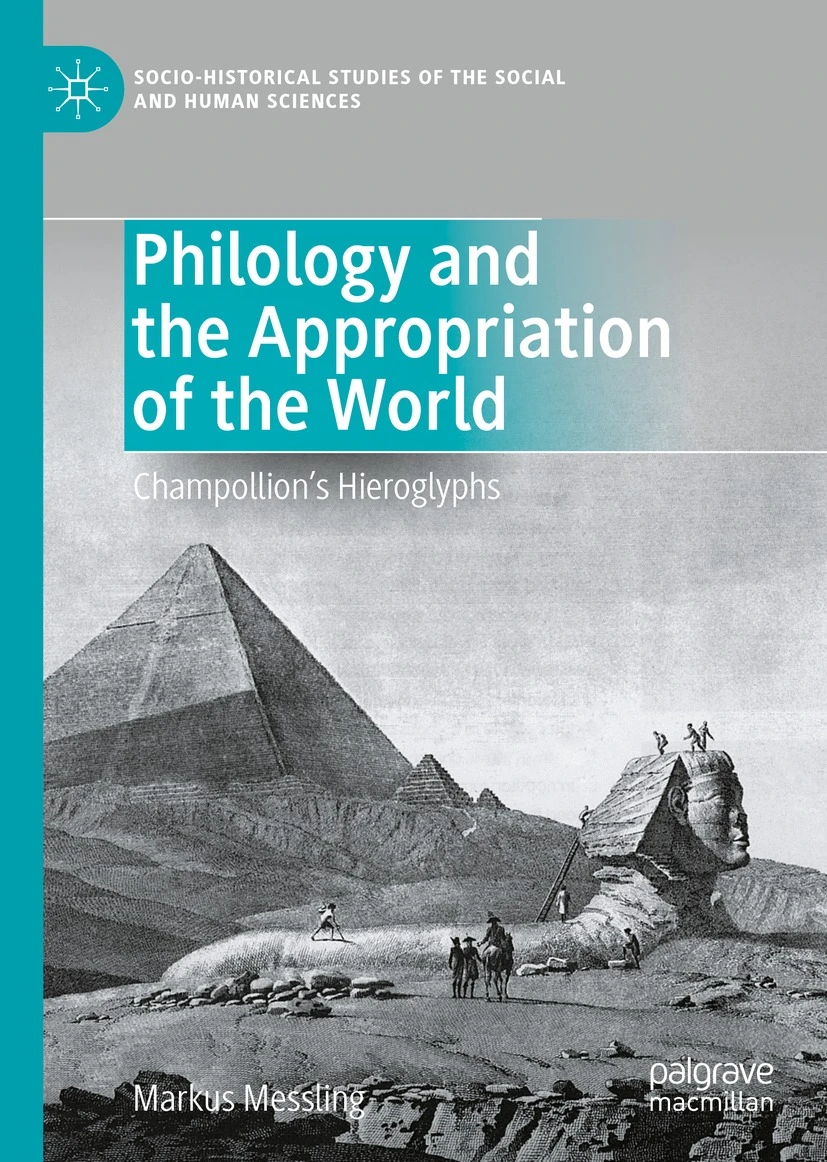Philology and the appropriation of the world: Champollion’s hieroglyphs

zum Buch im KatalogPlus
zum Buch auf der Verlags-Website
Numeral classifiers and classifier languages: Chinese, Japanese, and Korean
 Focusing mainly on classifiers, Numeral Classifiers and Classifier Languages offers a deep investigation of three major classifier languages: Chinese, Japanese, and Korean. This book provides detailed discussions well supported by empirical evidence and corpus analyses. Theoretical hypotheses regarding differences and commonalities between numeral classifier languages and other mainly article languages are tested to seek universals or typological characteristics. The essays collected here from leading scholars in different fields promise to be greatly significant in the field of linguistics for several reasons. First, it targets three representative classifier languages in Asia. It also provides critical clues and suggests solutions to syntactic, semantic, psychological, and philosophical issues about classifier constructions. Finally, it addresses ensuing debates that may arise in the field of linguistics in general and neighboring inter-disciplinary areas. This book should be of great interest to advanced students and scholars of East Asian languages.
Focusing mainly on classifiers, Numeral Classifiers and Classifier Languages offers a deep investigation of three major classifier languages: Chinese, Japanese, and Korean. This book provides detailed discussions well supported by empirical evidence and corpus analyses. Theoretical hypotheses regarding differences and commonalities between numeral classifier languages and other mainly article languages are tested to seek universals or typological characteristics. The essays collected here from leading scholars in different fields promise to be greatly significant in the field of linguistics for several reasons. First, it targets three representative classifier languages in Asia. It also provides critical clues and suggests solutions to syntactic, semantic, psychological, and philosophical issues about classifier constructions. Finally, it addresses ensuing debates that may arise in the field of linguistics in general and neighboring inter-disciplinary areas. This book should be of great interest to advanced students and scholars of East Asian languages.
zum Buch im KatalogPlus
zum Buch auf der Verlags-Website
Weitere Titel können Sie in unseren Neuerwerbungslisten für die Sprachen und Kulturen Asiens, Afrikas und Ozeaniens entdecken!
